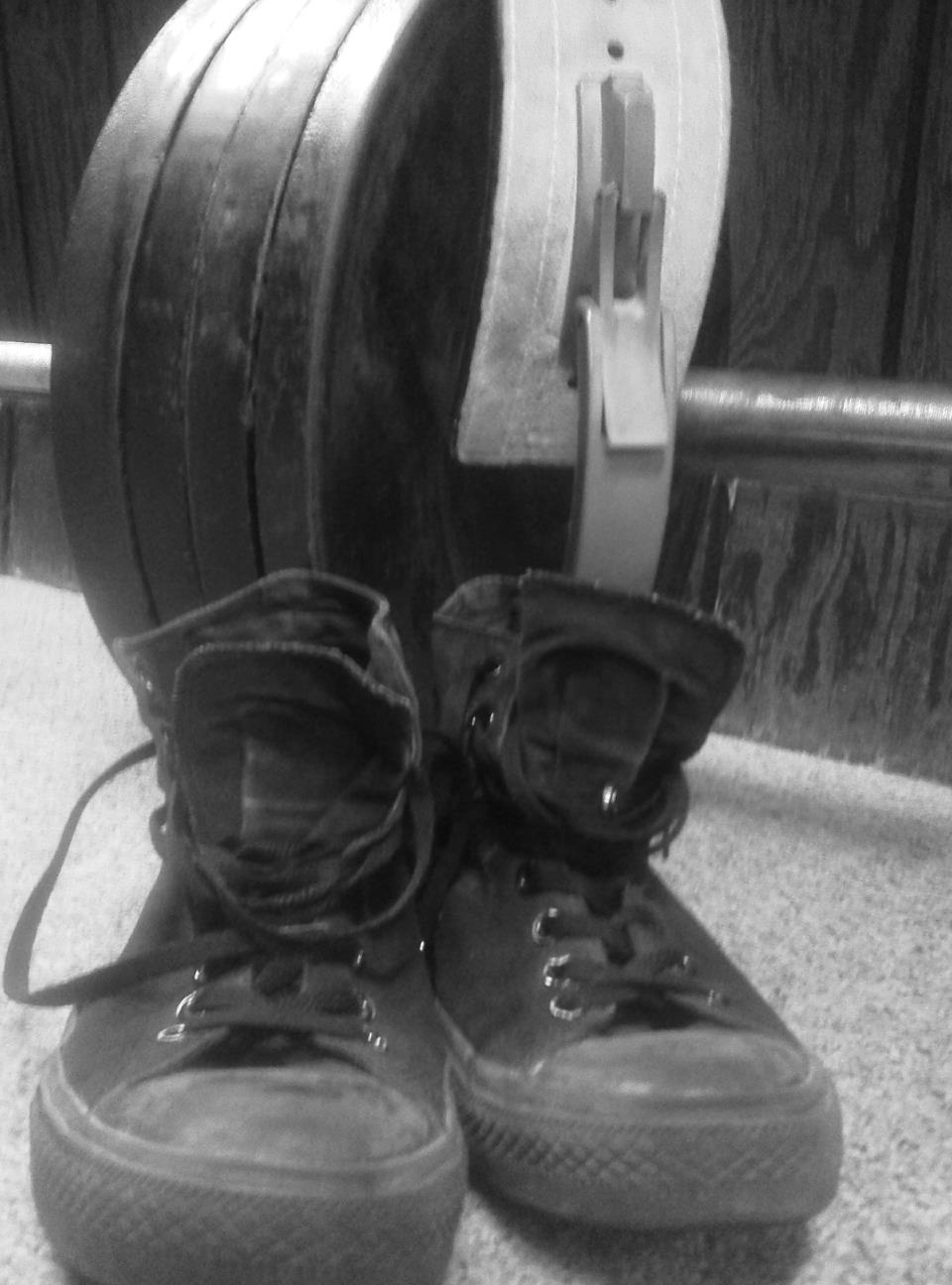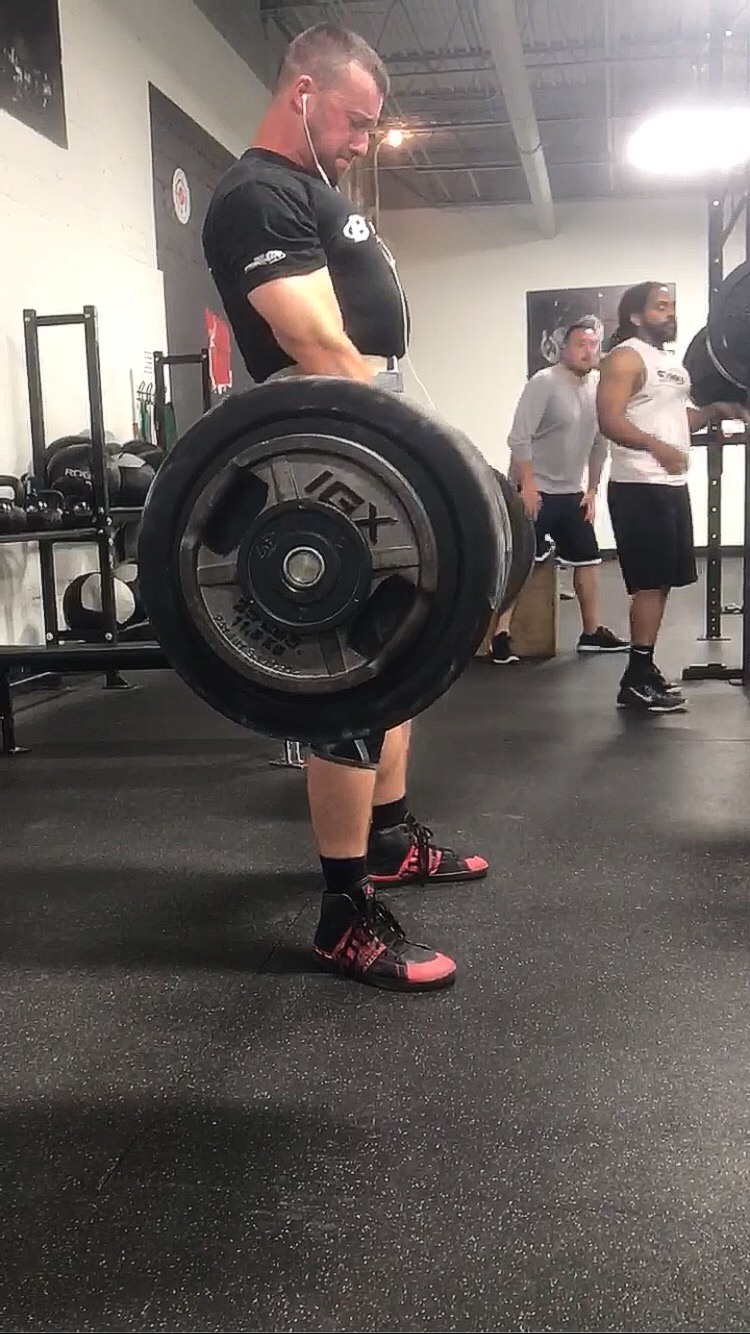Crush

The word “strength” can carry many meanings. Strength can refer to one’s physical ability to exert force. Strength can be used to describe a person’s mental fortitude and will power. Strength can even be used simply to describe an attribute or particular skill. For the purpose of this article, we will be discussing physical strength.
As Mark Bell always says “more strength is never a weakness.” Though simple, the quote always hit home with me. If you really stop to think about it, are there any downsides to being physically strong? In my mind, the answer is no. Strength makes you more physically useful. Being strong typically also makes you harder to kill. Strength is a building block of self defense, and can greatly aid on your ability to protect yourself and your loved ones. Strength is also the foundation of speed, and a stronger athlete is usually more dominant against weaker athletes of the same skill level. Most of all, strength makes you durable. And durability is survival.
As a boy, like most other young males, I always looked up to and admired physically strong individuals. My father and uncles were giants to me then, and I always aspired to be “big and strong” like them one day. I think in many cases this is instinctual. As with most species of mammals, human males are generally larger and stronger than their female counterparts. Young males look to older individuals as examples, and learn from their behavior and appearance. Growing up, super heroes were almost always depicted as strong. Main characters in action films were big and built, modeled after super heroes themselves. Even in ancient myths and legends, heroes were larger than life and won great victories with god-like strength and skill. All I knew was that strength was good, and I wanted it.

Socrates once said that “no man has the right to be an amateur in the matter of physical training. It is a shame for a man to grow old without seeing the beauty and strength of which his body is capable.” I firmly believe this to be true for both men and women alike. Human beings are the evolutionary product of countless years of environmental pressure, and are generally accepted as the most advanced combination of physical and mental capabilities of any species alive today. No, we are not literally the strongest. But we are mentally aware and physically capable on a level far above our closest competitors. Each of us has been given one body, and one lifetime to do with it what we choose. In my mind we owe it to the infinitely small odds and countless past ancestral generations to develop our bodies to be as physically effective and capable as possible. We also owe it to our loved ones and fellow humans to be physically capable of helping and protecting one another from harm.
Now, on to the training. Physical training is truly an art. From developing strength to coordination and endurance, molding ones body into an affective athletic machine requires discipline and attention to detail. From the beginning of my strength training career, I typically modeled my weight training based on a bodybuilding style weekly split. Training cooperating muscle groups on individual days, making sure all were trained weekly across the span of 4-5 days. As years passed I began to focus specifically on powerlifting, with emphasis on training the “big three” competition movements (back squat, bench press, and deadlift). Making sure to still train each muscle group as effectively as possible weekly, my training days began to focus on training each of these movements on a specific day with accessory work and “beach muscle” days worked in. This is a very effective method of training when your weight/rep schemes are properly programmed and your diet and sleep regimen support the training. However, these workouts are incredibly time consuming, and I almost always found myself spending 2-3 hours at the gym for each lift, 4-5 days a week. In order to compete in the sport of powerlifting, this kind of training is necessary. If you’re going to do the damn thing, you’ve got to commit the time to doing it.
Currently I am not training to compete in any specific powerlifting competitions, and as we move farther into the fall season I will become increasingly busy balancing work time, family/relationship time, the continued hunt for giant flathead catfish, weight training, occasional days in the tree stand, and a steelhead fishing addiction. However, letting all of the strength and endurance progress I’ve made throughout the year slip away is not acceptable. Why train hard all year to lose what you’ve gained in two months, right? This drove me to devise a routine that was not only all encompassing and effective, but streamlined and quick. I will have time to train 2-4 times weekly, and would have to make lifts count with limited time. After discussing specific movement combinations with several friends and comparing my lifting notes to suggestions from top-level athletes and strength coaches, I’ve developed the following program.
This training block is designed to get me through the coming 2 plus months by doing more with less time. The goal is to maintain and build strength, build muscle, and increase endurance and cardiovascular capacity. Training is broken into four workouts (w1-w4) performed in succession as regularly as possible allowing proper recovery and sleep time between sessions. Weight and rep schemes will be hammered out the day of, based on what I can bring to the table that particular day. On days when I’m admittedly low on sleep or have not recovered well, I plan to push the volume with higher rep ranges while reducing weight. On days when I can bring the intensity, weights will increase to a higher percentage of my one rep maximum, and rep ranges will decrease. The workouts themselves are outlined below.
W1:
- warm-up (includes light stretching and active hip mobility/warm up routine suggested by Chris Duffin)
- deadlifts (sets of 8-10 on higher rep days, 1-5 on heavier days)
- incline bench press (weight/reps fluctuate as described above)
- abdominal work (choose one exercise and train it hard for 3 sets
- burpees (four physically demanding sets)
W2:
- warm-up (as described above)
- front squat (focusing on perfect depth and form, push the weight when possible)
- pull ups (generally weighted, increasing rep range and weight used progressively)
- abdominal work
- jump rope (four physically demanding rounds)
W3:
- warm-up (as described above)
- hang cleans (almost always trained in lower rep ranges as intended (1-5 reps, 4 to 6 sets)
- single leg Romanian deadlifts (RDL’s) – (8-15 reps, 4 sets)
- abdominal work
- sprints (6-8 sprints, 40 yards each, high intensity)
W4:
- warm-up (upper body mobility, light stretching)
- dips (generally weighted, body weight used in high rep ranges, 8-25 reps depending on weight)
- chin-ups (body weight, rep ranges increasing with ability)
- abdominal work
- jump rope (four physically demanding rounds)
Rotate back to W1 and repeat.
Again, this collection of exercises was designed to be the most well rounded and effective “bang for your buck” on limited time. I’m currently one week into this rotation and surprisingly sore. I’ll report back with some progress and numbers as time passes.

Iron sharpens iron, get after it.